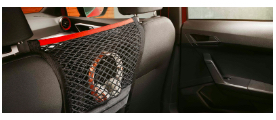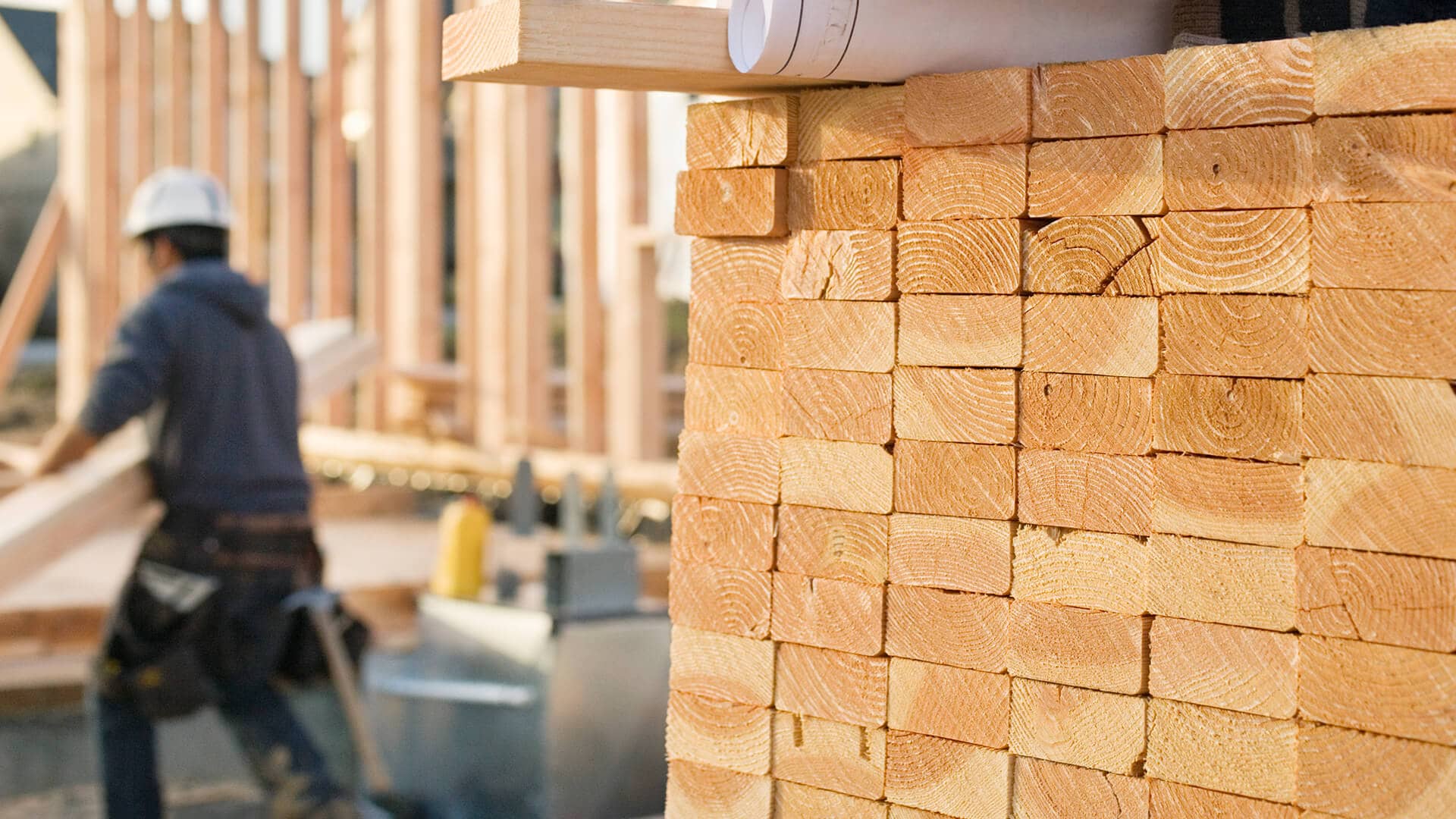Many factors must be considered whether you’re building or replacing an existing dock. Shoreline and lake bottom configurations and local ordinances and regulations will all impact your dock’s type, size, and location.
Selecting Your Marine Contractor is essential for a long-lasting, durable lake dock. Look for rot- and pest-resistant decking material and galvanized hardware that resists corrosion in a waterfront environment.

Before you begin constructing your lake dock, it is important to make sure that you have a plan in place. This will help to reduce stress and expenses during the build process, as well as ensuring that the finished product is exactly what you want it to be. Having a clear vision will also help you to avoid any snags during construction, which could cause delays and costly mistakes.
It is also helpful to know which materials will be used to construct the dock so you can purchase them in advance. This will save you time and money, as well as allowing you to shop for the best prices on your materials. Using high-density polyethylene (HDPE) for your flotation is recommended, as it won’t break down over time and is resistant to ice damage. This will provide a longer-lasting solution than styrofoam, which will degrade and lose buoyancy over time.
The type of dock that is constructed will depend on the site’s general characteristics and how it will be used. For example, a dock that is used for commercial purposes may need to be built of concrete or designed to be ADA compliant. Private docks for residential properties can be built of wood or a combination of materials. In addition, commercial docks, like those found in marinas and public boat launches, will need to be designed to handle larger boats.
If the water depth of the lake varies greatly, it is important to consider how this will affect your dock’s design. For example, if the lake is drawn down and refilled regularly, it is essential that you choose a dock that will be adjustable to accommodate for these changes in water level. A piling dock, which consists of a wooden or concrete frame that is sunk into the lake bed, would be the best option in this scenario.
When it comes to lake dock building, the materials you use will determine how long your dock lasts and its overall look. Each material offers different properties and benefits, but it’s important to consider what you plan on using your dock for before choosing a material.
Wood is a classic option that adds warmth and blends nicely with your cottage environment. Wood can be rot, rust and insect-resistant when treated properly. Options include cedar, which naturally resists rot and is resistant to wood-boring insects, and pressure treated wood.
If you choose a wood dock, you will likely need annual maintenance that includes painting, staining and replacement of rotting boards. You will also want to choose a wood that is rated for use in marine environments because some types of treated wood can release harmful toxins into the water.
Another popular choice for docks is aluminum. Aluminum is a lightweight and durable material that can last longer than wood or plastic. It also doesn’t rot, rust, or require staining and is available in several different colors.
Before you begin a project like this, it’s important to talk to your contractor about the type of material that is best for your specific needs and water conditions. Your local contractor will be familiar with your area’s floor conditions and can build you a dock that is safe, sturdy, and designed for the way you use your lake property. You’ll also want to consider whether you want a permanent or floating dock. Stationary docks are anchored to the lake bed, while floating docks raise and lower with the water level, making them more versatile and convenient. Floating docks are also great for lakes that freeze over in the winter because they can be lifted out of the water to avoid damage.
Foundations are a vital component of any structure, and the same is true for docks. Whether you have a large commercial marina or small backyard dock, the foundation pilings are what keep it stable in water and capable of supporting the weight of boats and other equipment. The type of piling you choose is a crucial decision that will impact the overall strength and longevity of your dock.
Wood dock pilings are popular because they are easy to install, cost-effective and rot-resistant. They do, however, bend over time and are not as strong as concrete or metal pilings. They also require regular maintenance and may need to be replaced over time.
The other option is to use synthetic piles made of materials such as fiberglass, pultruded composites or polyethylene (PVC). These are more durable than natural wood and can be more resistant to chemicals, pests and weather sugars. They are often a better choice in areas prone to high winds and storm sugars. Synthetic pilings are usually more expensive and require more specialized installation, but they can add stability to your dock in these conditions.
Regardless of which material you choose, it is important to consider the load capacity of your dock and the conditions where you live. If you are building a dock in an area with a high current, your foundation pilings will need to be driven deeper into the ground for maximum support. Severe weather can also damage pilings, so using stronger materials such as steel and concrete is a wise choice.
Another option for your dock foundation is to use helical piles. This is a great option for those who want a more permanent dock solution that will still allow the flexibility to move the structure in response to changes in the environment. These piles can be installed with sleeves or wraps, which are easier to install and provide more protection than traditional pilings. They are also highly customizable and designed to be used in both muddy and sandy soils.
Choosing the deck material is important to the dock’s longevity, safety and beauty. Depending on the water type and dock use, there are many options available. You want materials that are resistant to rot, decay and wear. Choosing high-quality materials will also lower your maintenance costs in the long run. Considerations include weathering, splinters, ability to dissipate heat and non-slip properties when wet.
Wood is the most common decking material used in lake dock building. It’s affordable and offers good aesthetics. It’s also treated with chemicals to increase its resistance to rot and parasites. Another option is cedar, which is more expensive but offers superior resistance to rot and insects. It acts as a natural water repellant, and it can last up to 25 years.
The hardware used in lake dock building should be galvanized or stainless steel to resist corrosion and maintain its strength in the water. Choosing galvanized screws rather than nails will also help protect the environment and water quality. You may need to replace rusted fasteners as they deteriorate.
Floating docks are typically removed from the water in winter to avoid damage caused by ice. However, if you’re not comfortable with building a floating dock or your lake has very rocky shoreline, a stationary dock is a good option. Most stationary docks are built using a combination of aluminum and plastic or wood for the legs, which are driven into the lake bottom. This offers stability and a sense of permanence that floaters don’t. Some hybrid docks are also designed to be partially submerged in the water and rest on the support poles, making them a good choice for lakes with fluctuating water levels or moderate wave action.
Lighting your dock is a great way to keep it safe at night. It can also help with navigation and create a great atmosphere. There are many options available, and they are often very affordable. Some options include string lights, dot lights, and piling lights. These can be placed in a variety of ways on the dock, and they are especially popular for walkways leading to and from the dock.
It is important to choose the right kind of lighting for your dock, as it will be used by a wide variety of people at night. Tall, blinding lights don’t do much to improve safety and can actually be dangerous as they block out the water and make it difficult to see the edge of the dock. Instead, lights should be installed about 24-36 inches high. This will provide enough light to guide boats in and out but won’t obstruct vision.
You will also need to decide how your dock lights are powered. There are two main choices: solar or wired. Solar power tends to be cheaper upfront and does not require any wiring. However, it does not work well in cloudy weather and may need to be replaced regularly. Wired lighting is more expensive, but it can last longer and be brighter than solar. It does need a transformer, though, which can be a challenge to install on or near the water.
The final thing to consider is how your dock will be used. Some docks are shared by residents or marinas, so it’s a good idea to consult with them before installing anything. Additionally, the location of your dock and the tidal cycle will affect its needs.




